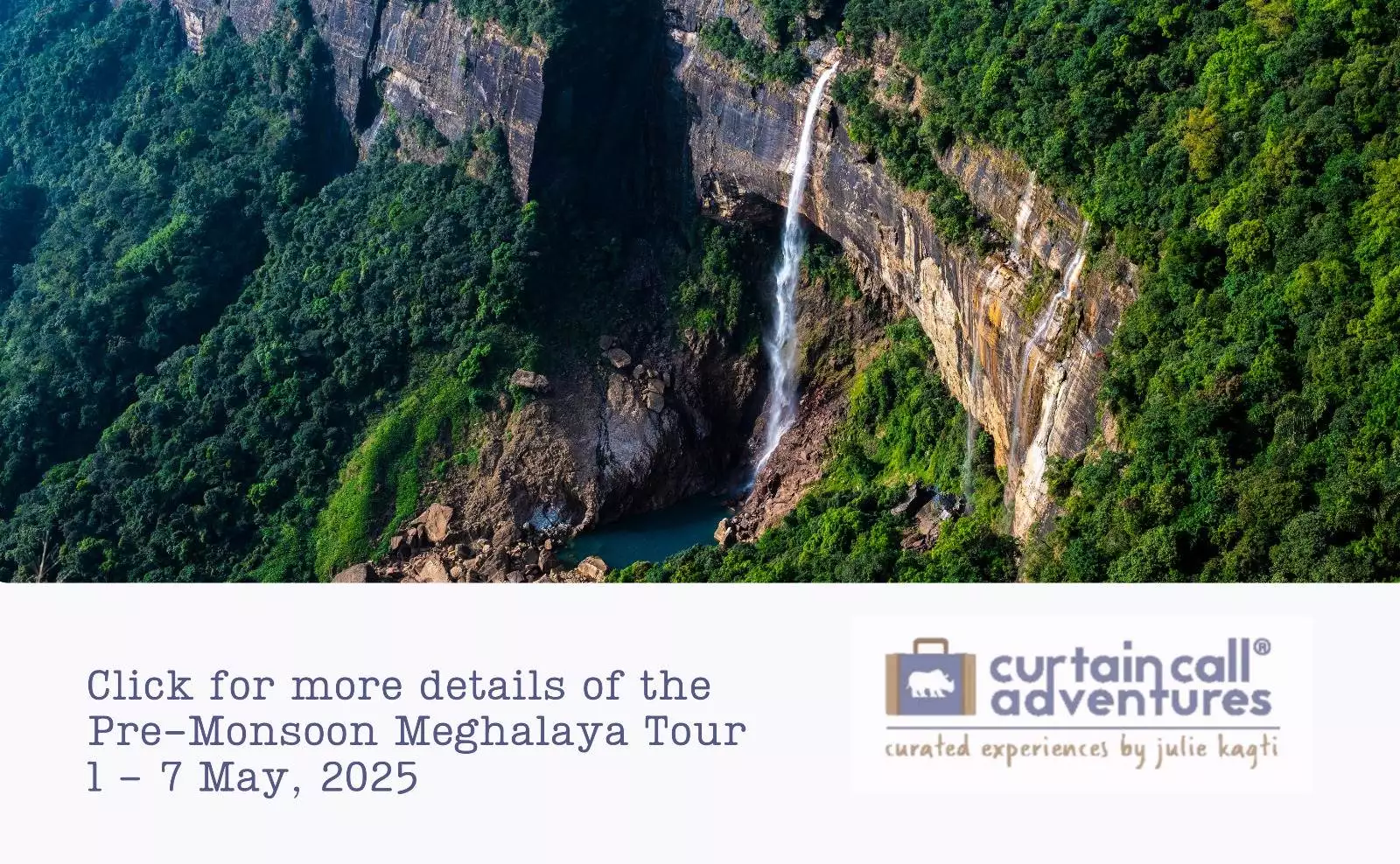It was a delight coming across M.Janaki’s instagram handle @janaki_27. Behind each lovely image was a story about a forest, a tribe or place from the far flung corners of Arunachal Pradesh. A state that holds a very dear spot in my heart. Out of pure curiosity I got in touch with her to know more about her work there. A natural storyteller for her master’s thesis project in 2017 she went to Arunachal Pradesh and continued to work with World Wide Fund as a project officer.

The last three years she has been working on understanding the ecological and social implications of different conservation regimes in the state.
Below in Janaki’s own words is a touching account of her work, personal experience and learning about conservation.
Do you look back at the choices you’ve made that changed your lives in unfathomable ways?
Looking back at mine, I was this bright eyed Master’s student who first visited Arunachal Pradesh in 2017 for my thesis project. As part of my project, I spent the first four months in Thembang Bapu Community conserved area (TBCCA), where I started camera trapping – the placing of motion sensor cameras across varying altitudes in the forest to capture photos and videos of different animals.
To set some context, TBCCA is located in West Kameng district of Arunachal Pradesh, which is primarily inhabited by the Monpa bapus. The Community Conserved Area (CCA) is a WWF-India initiative that foster a community based conservation model, where communities retain the rights and ownership in conserving their own community forests. Monpas are traditionally Yak herders that migrate to higher altitudes during the summer for their yaks and livestock to graze.
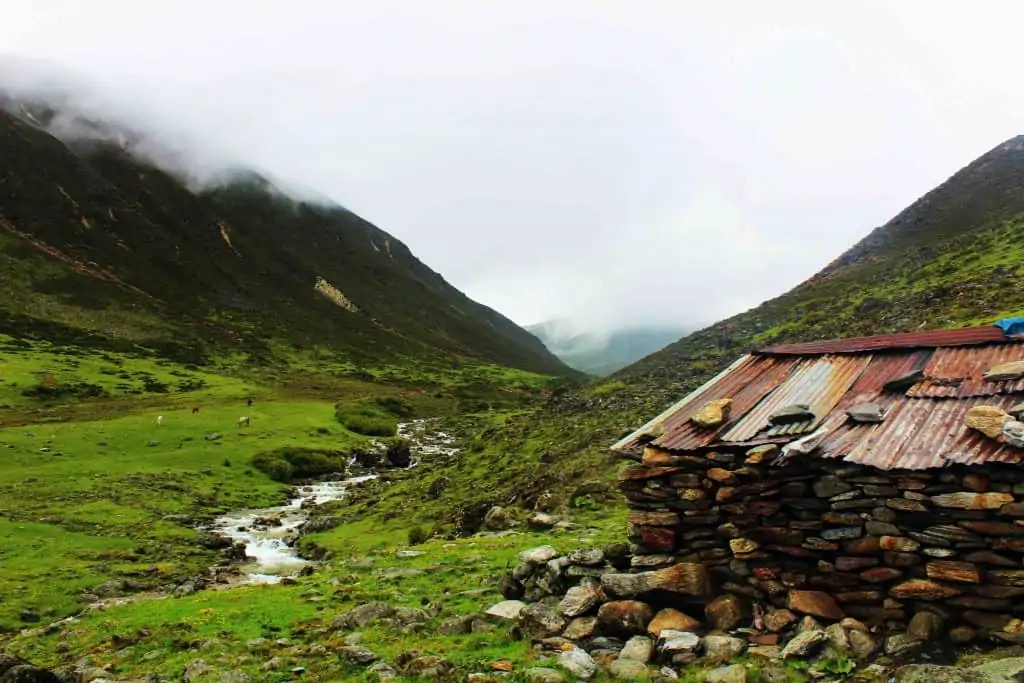
Along with members of the local community, we trekked along the historic herder’s route for 12 days to place camera traps and record the presence of wild animals. While returning back from the high altitude pastures, at about 15000 ft, I sat beside the river that flowed right near our camp called Pothok. At that very moment, I was overcome with these overwhelming emotions as the vast landscape all around me slowly but gently consumed me in its magnanimity. It was then that I knew that my heart and soul shall forever be lost in these loud mountains and silent valleys amidst the gentle clouds.
I was also extremely fortunate to spend a lot of time with this community at TBCCA. I recollect those 4 months being packed with so much knowledge that ranged across different spheres of life. And with my affinity to mysticism, the kind that intrigued me the most were traditional knowledge systems that exists in folklores, especially those about their forests and animals. Little did I know that this was the spark that began my journey in community based conservation.
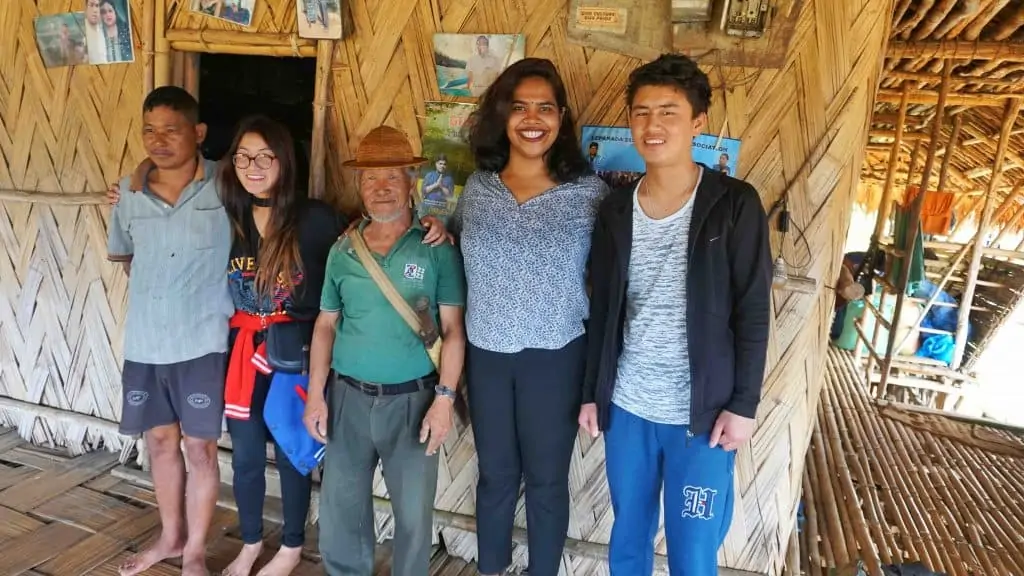
Over the last four years in Arunachal Pradesh, I’ve briefly worked with tribes like the Monpas, Shertukpen, Buguns, Adi and Galo. And the consistent theme of the lessons I keep learning is the presence of Traditional Ecological Knowledge (TEK) in indigenous communities and their value in conservation.
So what is Traditional Ecological Knowledge (TEK)?
TEK is the indigenous or traditional knowledge that has evolved and passed down to generations over the course of time. These knowledge systems are developed through the intricate interactions and relationship that man has with his/her environment. TEK can exist in many forms like taboos, belief systems and practices. They can be rooted in natural resource management through long-term observations of their environment, through experiences in resource management and lessons from past and current use of resources. They can also exists through ethics and values upheld by the community, through cultural and spiritual beliefs and even cosmology.
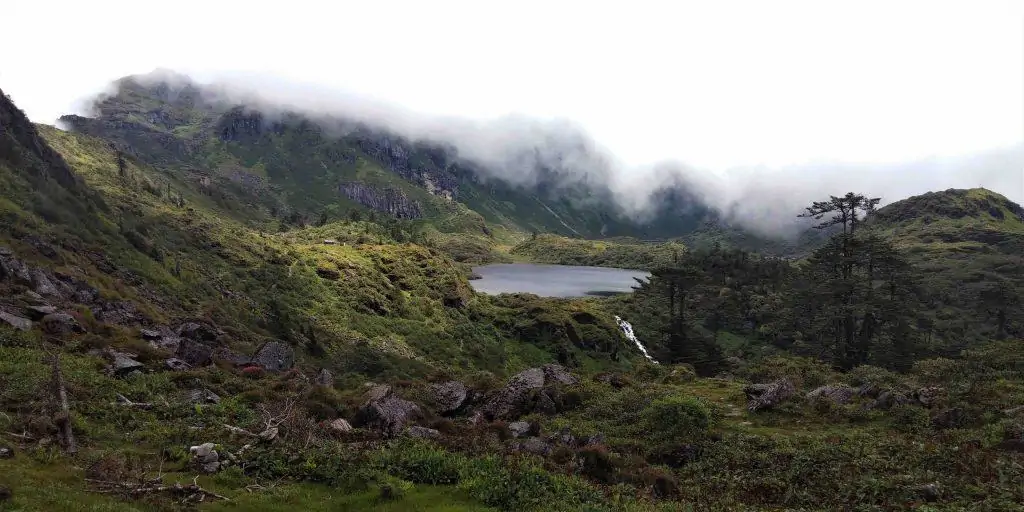
One of my favorite stories that display the intricacies of Human-Animal interactions is the reverence of high altitude lakes is consistent among the Monpa tribe. They do not litter, extract wood or use the water in these high altitude lakes as a sign of respect.
“When I used to take my yaks to higher altitude areas during the summer, we used to avoid
staying next to the lakes, because we believe if we make too much noise or disturb the lake by
littering or extracting firewood, the weather changes within minutes with heavy rainfall or
snow and we have also heard about how the lakes engulf people who do not treat the lakes with
respect. There have been people who even never woke up the next day.” (Yak herder, Monpa
tribe, Tawang district) (Janaki et al, 2020).

There are several stories and beliefs that maintain many practices across all the indigenous communities in Arunachal Pradesh. Understanding these values and beliefs helps us practice more inclusivity in community based conservation.
A few examples of TEK are the knowledge of the cyclic occurrence of zoonotic diseases that happen in the wild, the historical knowledge of Bamboo flowering- which is a peculiar phenomenon, where the bamboo flowers, wilts and dies. This process can be as rare as once in 40 to 50 years. These historical knowledge systems can complement the scientific knowledge in enhancing the understanding of our environment.
Community based conservation, over the years, have been witnessing the shift towards the coproduction of traditional knowledge and scientific knowledge to practice better conservation measures.
Another valuable learning from Arunachal Pradesh is the social cohesiveness that exists within indigenous communities. Many indigenous communities have practices that are followed to promote the survival and prosperity within their community.
Here’s a very interesting example of a practice that promotes social cohesiveness:
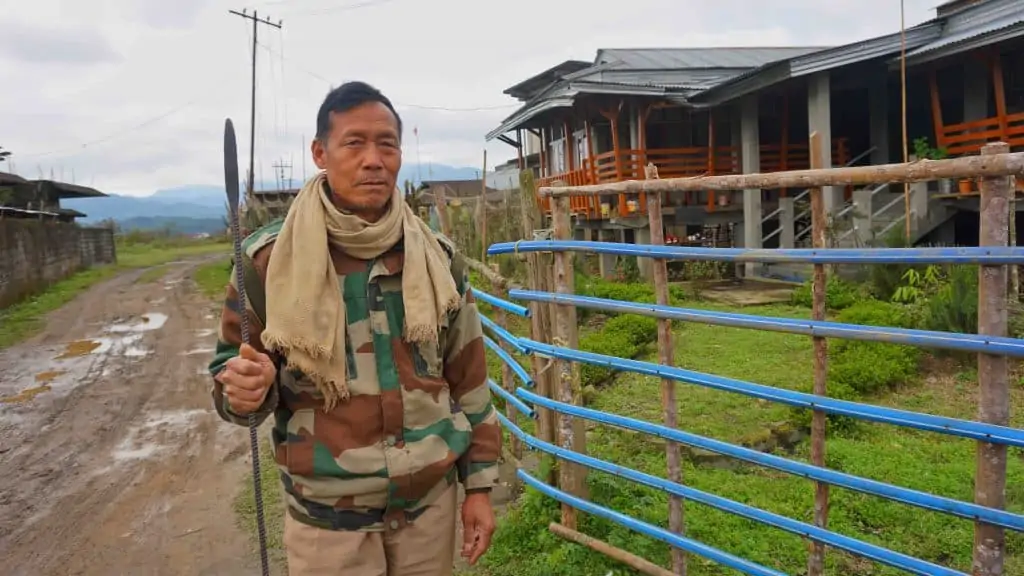
Lanka Nyerbu is a common practice of monitoring houses for any signs of fire. Galo tribe houses are very dynamic and intricately woven with cane, bamboo, wood and palm leaves. However, since most houses are dependent on firewood for cooking and space heating, if any of the houses catch fire, the whole village is bound to burn down. And so everyday, one person in the village carries an iron staff and monitors every house for any sign of fire, while others are busy farming, as most people are dependent on agriculture for sustenance. The duty lasts till about 4PM, which is right about when people return to their houses. The person who monitors today would erect the iron staff in front of the house of the next person that is expected to monitor the next day. And so the cycle continues to avoid any fire accidents in the village.
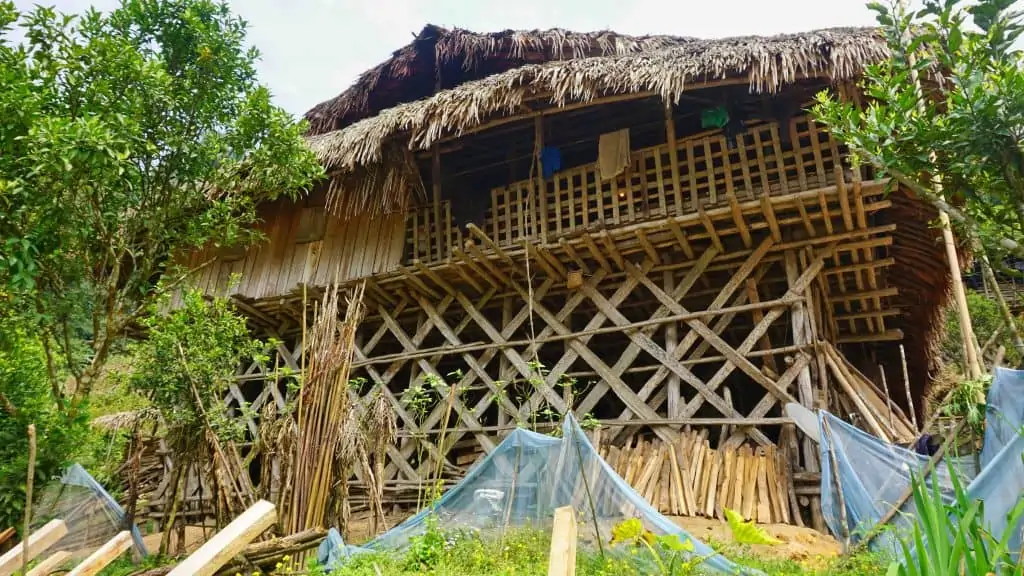
One of the biggest challenges in conservation is the failure to get members of a community to willingly cooperate with conservation interventions. This is largely due to the dominant approach in conservation, which has been the top-down model of excluding communities and establishing protected areas. This exclusion over the years has led to the ‘us versus them’ rhetoric between indigenous communities and conservation practitioners.
However with lessons on social cohesiveness among many others, more inclusive strategies can be formulated to increase the ownership and cohesiveness of a community in many of our conservation practices.

My journey in conservation, like many others in the field, is a learning experience that continues to constantly evolve with time. And such is the process of conservation as a whole.
Every single day with these communities in Arunachal Pradesh has been a lesson in conservation for me. While reflecting back on the last four years, I feel extremely grateful to all the indigenous communities I’ve worked with for the opportunity to learn and grow with them. And also for their warm company during many cold nights.
I remember reading a quote somewhere that if reiterated would say, Never look back at the decisions you’ve made unless it is to realize how far you’ve come. And my journey into community based conservation through the land of the rising sun is always something I will fondly look back to.
To learn more about her work check out her instagram handle @janaki_27. All images and content belong to M. janaki


